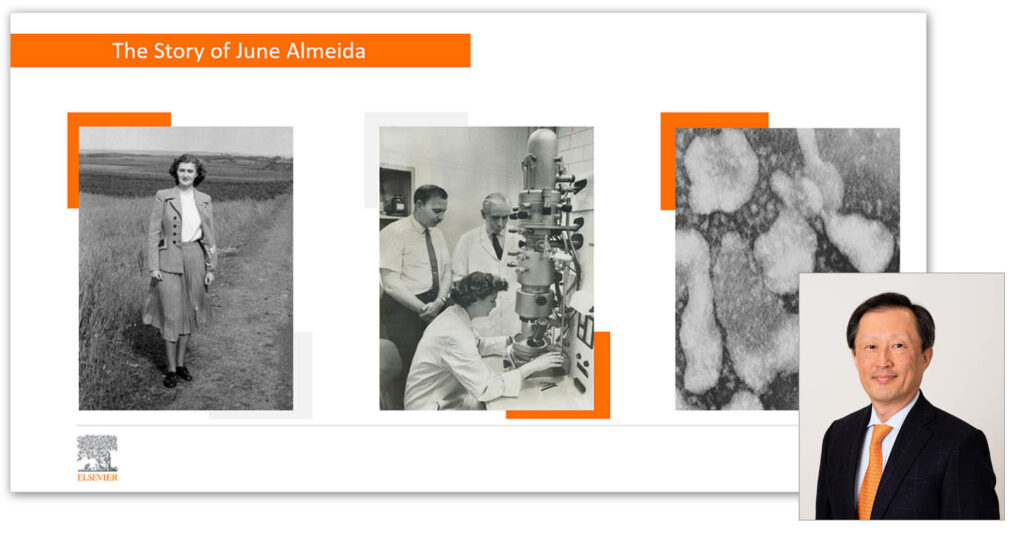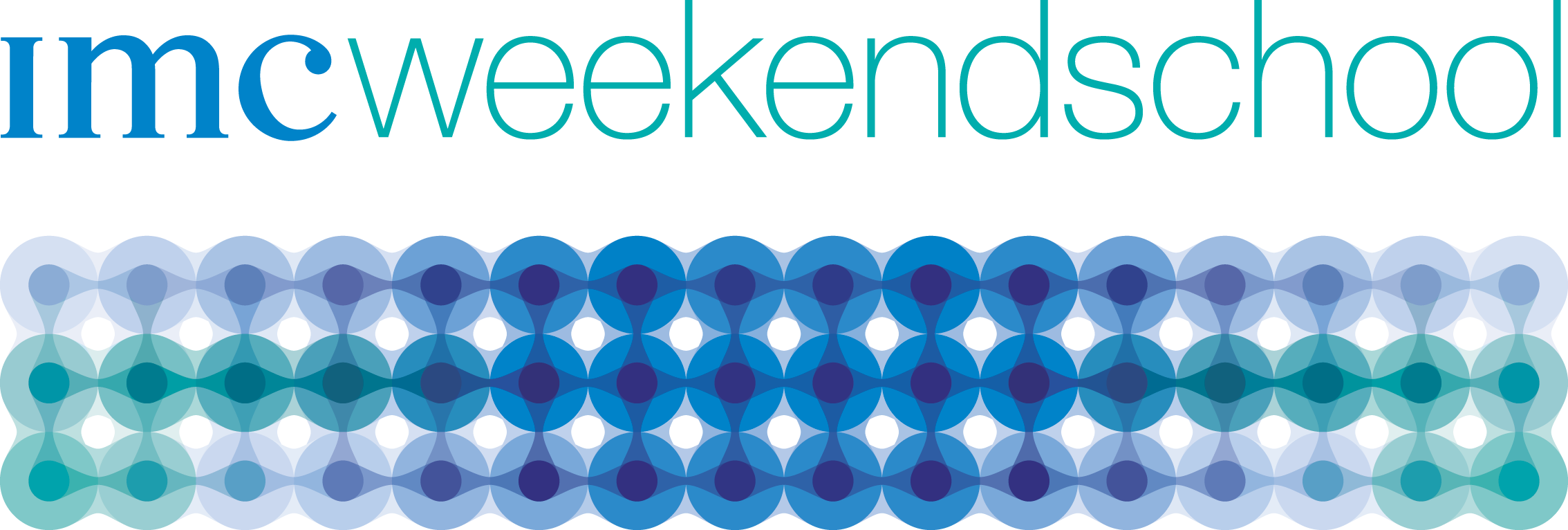A virology pioneer’s story sets the stage for a global gender equity conversation
Categories: NEWS, INCLUSIVE HEALTH, INCLUSIVE RESEARCH
Tags: SDG3
Inspired by the late June Almeida, who discovered the first human coronavirus, Elsevier Chairman YS Chi addresses the global Gender Summit
Editor’s note: This article is based on Youngsuk “YS” Chi’s keynote presentation, which he gave virtually for the 19th Gender Summit.
The virus that has changed our society so much this year is more deeply connected to the topic of gender equality and women in STEM than you may at first realize.
Let me tell you a little bit more about what I mean. Have any of you heard of a woman named June Almeida?
She is a very important virologist – a pioneer, actually, in virus imaging, identification and diagnosis. Born in 1930 in Scotland, June dropped out of school at the age of 16. She was a top student but could not financially afford to continue. Instead, she found a job as a low-level lab technician, examining cells and tissues under a microscope.
In her mid-20s, June moved to Toronto with her husband and took on a new job as an electron microscopy technician. Now remember, she had only worked before as a basic lab technician and lacked formal education and training in this field. This was also the 1950s, so detecting viruses in tissue samples was painstaking work. Examining a single sample could take hours.
But that is what set June apart. Not only did she have exceptional attention to detail, patience and persistence, but she also exercised the right preparations every time. Her skills and qualities soon became apparent and ultimately led her to something that nobody had ever seen before 1964. Yet it is something that we all know well today: the coronavirus.
By using new techniques and methods, June pushed the envelope in electron microscopy and exceeded all expectations by discovering the first human coronavirus particles. Along the way, she also proved many of her male skeptics and colleagues wrong. In the years after, June continued to make her mark in the scientific world by capturing more breakthroughs, such as seeing the first image of the rubella virus, and identifying the virus structure that causes hepatitis B.
Safe to say, these are all extraordinary and laudable discoveries. But if not for COVID-19, it is likely that we would not have heard of June at all. And more importantly, June is only one of many remarkable women whose efforts have changed the world yet remain largely unrecognized.
Read the full article on Elsevier Connect: “A virology pioneer’s story sets the stage for a global gender equity conversation“, Youngsuk “YS” Chi Chi, 26 August 2020.


















